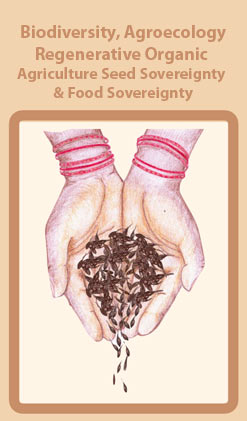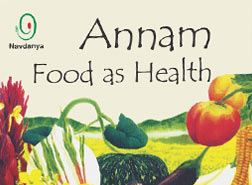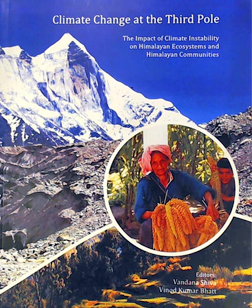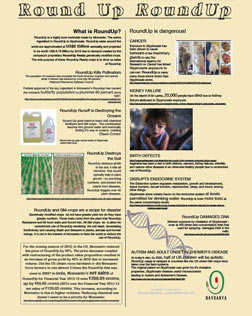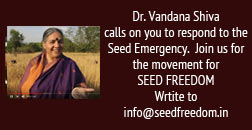
The Uttarakhand disaster, which is still unfolding, led to 20,000 deaths, and devastation of homes, fields and roads in Uttarakhand. The vulnerability was increased because of hydro projects which have led to blasting of the mountains and dumping of debris on river beds, leading to rising of river beds and hence increased flooding and flood related disasters. The relentless wrath of nature was compounded in Orissa , the cyclone Phailin. The dam led to flood disasters in many towns. Many homes have lost all their crop. The coastal areas of Tamil Nadu were made more vulnerable to the Tsunami in 2004 because of industrial shrimp farming which had destroyed the mangroves. The Japan earth quake and tsunami were one of the most serious disasters recently. The Orissa super cyclone had a velocity twice the historical average and therefore caused more damage. Intensification of cyclones is driven by climate change. The US has experienced Hurricane Katrina in 2005 and Hurricane Sandy in 2012.
For a deepened reflection , and to learn from disasters in our times from experiences in India, Japan and the US, we would like to invite you to the conference on Reimagining the Human Nature Relationship in the Context of Disasters which will be held on the 15th & 16th of November 2013, in New Delhi, India International Centre, Maxmueller Road.
The frequency, scale, and impact of disasters is increasing, as is the challenge of rehabilitation and rejuvenation of ecosystems and affected communities. Floods, droughts and cyclones are natural disasters, but when intensified through anthropogenic climate change, they also become manmade. Vulnerability to disasters has increased because of the assumption of nature as dead, and separate from humans and the attitude of conquest and control of nature.
We need to reimagine the human/nature relationship to both understand the real causes of deepening vulnerability to disasters, and sustainable and just patterns for post disaster rehabilitation and rejuvenation.
This symposium will bring together scholars, community members and civil society organizations from Japan, India and US in an intellectual exchange to share experiences and draw insights from the response of communities to disasters in their region. This exchange will deepen the understanding of participants about what makes ecosystems and communities resilient to disasters, and what makes them vulnerable, from the experience of disaster resilience and revitalization of local ecosystems and local communities. The lessons from disasters will be used to explore the relationship between humans and Nature.
The objective is to create a multisectoral, multidisciplinary, multilateral network of scholars, community organizers, and civil society members from Japan, India and US to work collectively on an emerging paradigm of Earth Democracy and Making peace with the Earth.
The sessions will be divided as per the three different natural disaster affected countries, during each session there will be presentations by the speakers and screening of short films, clippings, or news coverages.
Please fill in the registration forms and send it to us . Lunch will only be catered to preregistered persons.
In solidarity,
Dr.Vandana Shiva
& Navdanya Team


